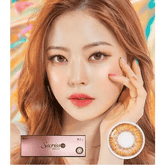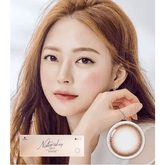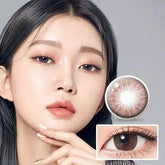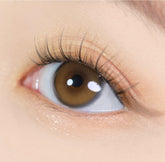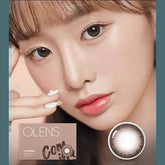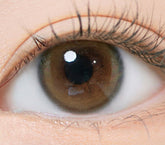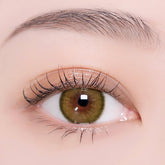Choosing the right color for your skin tone and eye color is essential for a natural and flattering appearance. Consider the following guidelines:
Warm skin tones: Opt for warm colors like brown, honey, hazel, or green. These hues complement golden undertones in the skin.
Cool skin tones: Select cool shades like blue, gray, or cool greens, which harmonize with pink or blue undertones in the skin.
Dark eyes: For a subtle enhancement, choose lenses in shades slightly lighter than your natural eye color. For a more dramatic effect, select bright or contrasting colors.
Light eyes: Enhance light eyes with shades that deepen or accentuate your natural color.
Experiment with different shades and consult online resources or professionals to find the perfect match for your unique features.



